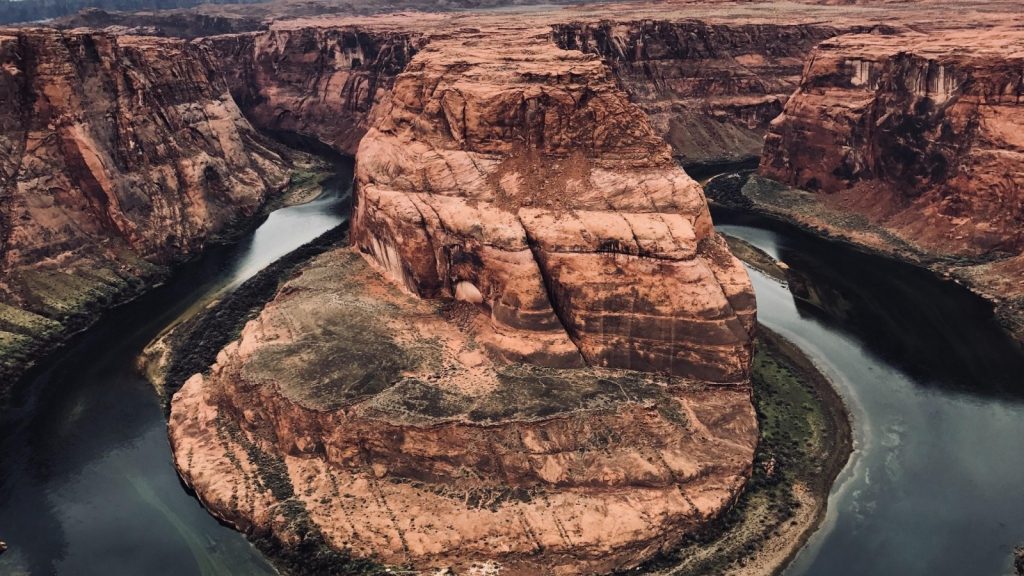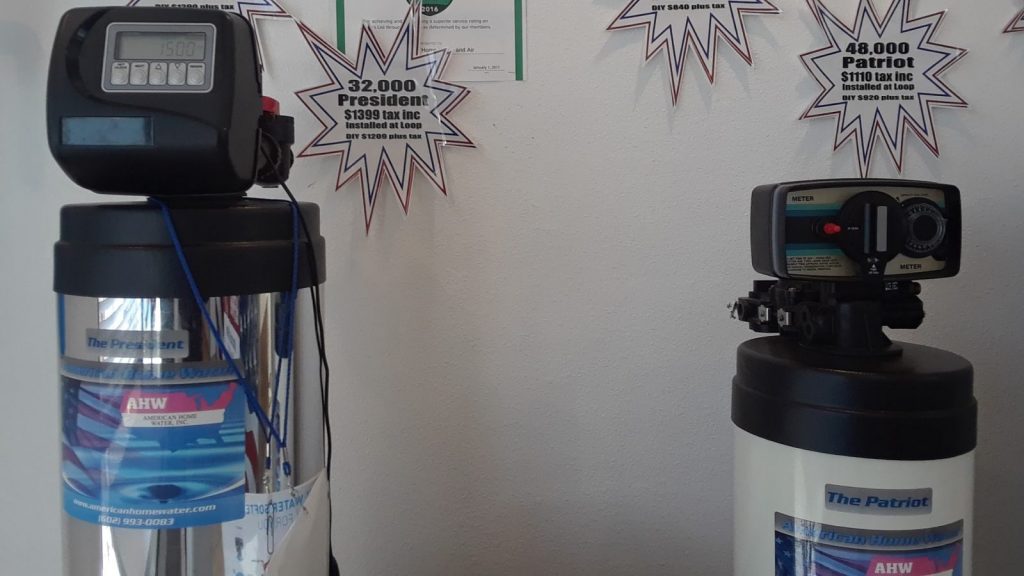In many regions of America (including Arizona), water softeners are an essential piece of equipment. But how does a water softener work? Further, why is it so essential?
In this post, we’re going to take a thorough look at both of these questions.
What Does A Water Softener Do?
The Basics
If you’ve never paid much attention to your home’s water quality, the term “water softener” may seem oxymoronic to you. We don’t normally describe liquid water as “hard” like, say, a block of ice.
Nonetheless, if you live in the United States, there is a solid (pun intended) chance you do have hard water, even if you don’t know what it is. That’s according to the United States Geological Survey, which indicates that 85% of our country’s water fits this description.
Water hardness is measured based on its levels of calcium and magnesium. The higher these levels, the “harder” the water is. As you can see from the USGS map below (which uses NASQAN data), hardness levels vary by region.
Arizona has particularly hard water (represented in red) thanks to the Colorado, Salt, and Verde Rivers that our state rely on.

While hard water is not unsafe to drink, it causes several problems. The minerals clog pipes, leave scale on surfaces like your shower, and make laundry machines, dishwashers, water heaters, and other appliances less effective.
Hard water also has negative impacts on your skin, which you can read about here.
Long story short, hard water is not something you want. That’s where water softeners come in. They reduce your water’s mineral concentrations, eliminating scale and the other negative effects of hard water.
That’s a very succinct answer to the question of “what does a water softener do?” You may also be wondering what a softener looks like and where it lives in your home?
A water softener resembles a very large oxygen tank. Within this tank, lots of magic happens. Alright, it’s actually very scientific but it’s so brilliant it often seems like magic. A water softener usually lives near your water heater. The softener treats your water before it enters the heater.
Anatomy of a Water Softener
Before we answer the question of “how does a water softener work?” let’s take a look at the components. There are three main ones:
- control valve
- brine tank
- mineral tank
The mineral tank is where the softener works its (scientific) magic while the brine tank stores the salt or potassium (more on this very shortly) necessary for this process. Lastly, the control valve sets things like flow and regeneration.
How Does A Water Softener Work?

Now that you’re all caught up on the basics of water softeners, let’s dive into the specifics of how they work.
There are two types of water softeners: salt-based and potassium-based. We typically refer to salt-based systems as “true” softeners while the latter is best described as a “conditioner.” Let’s look at how each type of device functions.
For a detailed head-to-head comparison of salt-based and potassium-based softeners, click here.
How Does A Salt Water Softener Work?
A salt-based water softener utilizes a process known as ion exchange. It goes like this.
The mineral tank contains resin beads that are inundated with salt from the brine tank. As water enters the softener and passes over these beads, the minerals in the water get swapped with the salt ions.
As such, when the water flows out of the tank, it contains sodium instead of the minerals. Don’t worry, the sodium levels are nowhere near high enough to be harmful to your health. So what you end up with is water that’s safe to drink and won’t clog up your pipes or damage your appliances.
Potassium Water Softener: How Does It Work?
As hinted at earlier, this question would be better phrased as “how does a water conditioner work?” Potassium-based softeners don’t actually remove the hardness-causing minerals. They simply crystallize the minerals. This is still effective for solving issues like scale but it comes at a higher cost. Unless you have health concerns that require you to be very picky about your salt consumption, we recommend using a salt-based system.
Note that some systems (including our water softeners) can work with either sodium or potassium. Refer to your unit’s manual for clarification on this.
How Does A Commercial Water Softener Work?
A commercial water softener works in much the same way as a residential system. They’re usually just much larger and might contain more than one tank. Other optimizations for larger-scale softeners include increased flow valves and hardier construction.
You’ll usually find commercial softeners in restaurants, office buildings, and shopping malls.
Regeneration
We can’t answer the question of “how does a water softener system work?” without touching upon regeneration.
As we mentioned earlier, during the water softening process, your resin beads collect the minerals in your water. Without regeneration, these beads would quickly become too inundated with minerals to function properly. How often your softener regenerates will depend on several factors. You can learn more about those here.
Right now, we’ll just briefly walk you through what happens during the regeneration process.
- Water flushes through the mineral tank.
This flushing usually takes about 10 minutes. With most softeners, it happens during the early hours of the morning, which is very useful because…
- If you have a single tank system, soft water will be unavailable to you during the regeneration process.
In other words, if you open up a faucet during the regeneration cycle, hard water will run through your plumbing. Dual-tank systems generally don’t have this problem as they often only flush one tank at a time.
- The beads are restored.
After the regeneration cycle finishes, the beads will be good as new. These beads can last for thousands of regeneration cycles; 20 years is the standard, which you can learn more about in this article.
How Does My Water Softener Work: Do I Need To Do Anything?
You need to refill your water softener’s brine tank on a regular basis (about once monthly). If you don’t do this and the tank becomes empty, your water softener won’t work at all. Read more about this in our article on How To Add Salt To A Water Softener.
How Does A Water Softener System Work? Conclusion
Simply put, a water softener system reduces the mineral content in hard water. It’s an essential device for people living in regions of the United States that are known to have mineral-rich water. People who live in such areas and don’t have softeners experience skin damage, inefficient appliances, and more.
If you live in the Phoenix metropolitan area and are looking to have a water softener installed or repaired, don’t hesitate to reach out to American Home Water and Air. With more than 30 years of experience installing and maintaining residential HVAC and water systems, we’ll have your softener running smoothly in no time!














